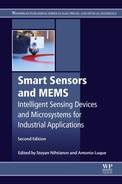Acar C, Schofield A.R, Trusov A.A, Costlow L.E, Shkel A.M. Environmentally robust MEMS vibratory gyroscopes for automotive applications. IEEE Sensors Journal. December 2009;9(12):1895–1906.
Aikele M, Bauer K, Ficker W, Neubauer F, Prechtel U, Schalk J, Seidel H. Resonant accelerometer with self-test. Sensors and Actuators A, Physics. August 2001;92(1):161–167.
Analog Devices. ADXRS290, Ultralow Noise, Dual-Axis MEMS Gyroscope Datasheet. 2014 (Online). Available from:. http://www.analog.com/.
Bahreyni B, Shafai C. A resonant micromachined magnetic field sensor. Sensors Journal, IEEE. September 2007;7(9):1326–1334. doi: 10.1109/JSEN.2007.902945.
Biswas K, Sen S, Dutta P.K. Mems capacitive accelerometer. Sensors Letters. 2007;5:471–484.
Boser B.E, Howe R.T. Surface micromachined accelerometers. IEEE Journal of Solid-State Circuits. March 1996;31(3):366–375.
Caspani A, Errico N, Giacci F, Langfelder G, Longoni A, Koppinen P, Saarilahti J. Emission profile of multi-membrane CMUT for in-air object localization. Procedia Engineering. 2014;87:592–595.
Chen Z, Luo R.C. Design and implementation of capacitive proximity sensor using microelectromechanical systems technology. IEEE Transactions on Industrial Electronics. December 1998;45(6):886–894.
Comi C, Corigliano A, Langfelder G, Longoni A, Tocchio A, Simoni B. A resonant microaccelerometer with high sensitivity operating in an oscillating circuit. Journal of Microelectromechanical Systems. October 2010;19(5):1140–1152.
Comi C, Corigliano C, Langfelder G, Zega V, Zerbini S. Sensitivity and temperature behavior of a novel z-axis differential resonant micro accelerometer. Journal of Micromechanics and Microengineering. 2016;26:035006.
Dean R.N, Flowers G.T, Hodel A.S, Roth G, Castro S, Zhou R, Moreira A, Ahmed A, Rifki R, Grantham B.E, Bittle D, Brunsch J. On the degradation of MEMS gyroscope performance in the presence of high power acoustic noise. In: IEEE International Symposium on Industrial Electronics, ISIE Vigo, Spain, 4–7 June. 2007:1435–1440.
Dean R.N, Castro S, Flowers T.G.T, Roth G, Ahmed A, Hodel A.S, Grantham B.E, Bittle D.A, Brunsch J.P. A characterization of the performance of a MEMS gyroscope in acoustically harsh environments. IEEE Transactions on Industrial Electronics. July 2011;58(7):2591–2596. .
Della Santina C. A device to restore balance. Scientific American. 2010;302:68–71.
Dellea S, Giacci F, Longoni A, Rey P, Berthelot A, Langfelder G. Large full scale, linearity and cross-axis rejection in low-power 3-axis gyroscopes based on nanoscale piezoresistors. In: Proc. IEEE 28th Int. Conf. MEMS, Estoril, Portugal, January 2015. 2015:37–40.
Dellea S, Giacci F, Longoni A.F, Langfelder G. In-plane and out-of-plane MEMS gyroscopes based on piezoresistive NEMS detection. Journal of Microelectromechanical Systems. December 2015;24(6):1817–1826.
Dellea S, Longoni A.F, Langfelder G. Fatigue in nanometric single-crystal silicon layers and beams. Journal of Microelectromechanical Systems. August 2015;24(4).
Emmerich H, Schofthaler M. Magnetic field measurements with a novel surface micromachined magnetic-field sensor. IEEE Transactions on Electron Devices. May 2000;47(5):972–977.
Eun D.S, Kong D.Y, Yoo H.J, Hong Y.M, Jang J.M, Kang T.W, Yu I.S, Lee J.H. Design and fabrication of a MEMS-based multi-sensor. In: Nano/Micro Engineered and Molecular Systems, 2008. NEMS 2008. 3rd IEEE International Conference, Sanya, Hainan Island, China 6–9 January 2008. 2008:588–591.
Fischer A.C, Grange M, Roxhed N, Weerasekera R, Pamunuwa D, Stemme G, Niklaus F. Wire-bonded through silicon vias with low capacitive substrate coupling. Journal of Micromechanics and Microengineering. 2011;21(8):085035.
Geen J.A, Sherman S.J, Chang J.F, Lewis S.R. Single-chip surface micromachined integrated gyroscope with 50/h Allan deviation. IEEE Journal of Solid-State Circuits. December 2002;37(12):1860–1866.
Guedes A, Shelton S, Przybyla R, Izyumin I, Boser B, Horsley D.A. Aluminum nitride pMUT based on a flexurally-suspended membrane. In: Solid-State Sensors, Actuators and Microsystems Conference TRANSDUCERS, 2011 16th International, Beijing, China 5–9 June 2011. 2011:2062–2065.
Invensense. MPU-9150, Nine-Axis (Gyro + Accelerometer + Compass) MEMS Motion Tracking Device. 2013 (Online). Available from:. http://invensense.com/mems/gyro/mpu9150.html.
Invensense. ICM-20600 High Performance 6-Axis MEMS MotionTracking™ Device in 2.5x3x0.91mm Package. 2016 Product datasheet. www.invensense.com.
ITmems S.r.l. MEMS Characterization Platform, Product Data-Sheet. 2015 (Online). Available from:. http://www.itmems.it.
Izyumin I.I, et al. A 7 ppm, 6°/hr frequency-output MEMS gyroscope. In: Proc. 28th IEEE Int. Conf. MEMS, Estoril, Portugal, January 2015. 2015:33–36.
Jiang X, et al. Monolithic 591x438 DPI ultrasonic fingerprint sensor. In: 2016 IEEE 29th International Conference on Micro Electro Mechanical Systems (MEMS), Shanghai, 2016. 2016:107–110.
Jin X.C, Ladabaum I, Khuri-Yakub B.T. Surface micromachined capacitive ultrasonic immersion transducers. In: Micro Electro Mechanical Systems, 1998. MEMS '98 Proceedings, Eleventh Annual International Workshop on, Heidelberg, Germany 25–29 January 1998. 1998:649–654.
Kempe V. Gyroscopes. In: Inertial MEMS: Principles and Practice. Cambridge, U.K: Cambridge Univ. Press; 2011 2011, (Chapter 8).
Kline M.H. Frequency Modulated Gyroscopes Ph.D. dissertation. Berkeley, CA, USA: Dept. Elect. Eng. Comput. Sci., Univ. California; 2013.
Kline M.H, et al. Quadrature FM gyroscope. In: Proc. IEEE 26th Int. Conf. MEMS, Taipei, Taiwan, January 2013. 2013:604–608. .
Kyynäräinen J, Saarilahti J, Kattelus H, Kärkkäinen A, Meinander T, Oja A, Pekko P, Seppä H, Suhonen M, Kuisma H, Ruotsalainen S, Tilli M. A 3D micromechanical compass. Sensors and Actuators A: Physical. April 10, 2008;142(2):561–568.
Laghi G, Dellea S, Longoni A, Minotti P, Tocchio A, Zerbini S, Langfelder G. Torsional MEMS magnetometer operated off-resonance for in-plane magnetic field detection. Sensors and Actuators A: Physical. June 15, 2015;229:218–226.
Laghi G, Marra C.R, Minotti P, Tocchio A, Langfelder G. A 3-D micromechanical multi-loop magnetometer driven off-resonance by an on-chip resonator. Journal of Microelectromechanical Systems. August 2016;25(4):637–651.
Lai W.M, Hsu F.M, Sung W.L, Chen R, Fang W. Monolithic integration of micro magnetic pillar array with anisotropic magneto-resistive (AMR) structure for out-of-plane magnetic field detection. In: Proc. 28th IEEE Int. Conf. MEMS, Estoril, Portugal, January 2015. 2015:901–904.
Langfelder G, Tocchio A. Operation of Lorentz-force MEMS magnetometers with a frequency offset between driving current and mechanical resonance. IEEE Transactions on Magnetics. January 2014;50(1):4700106.
Langfelder G, Frizzi T, Longoni A, Tocchio A, Manelli D, Lasalndra E. Readout of MEMS capacitive sensors beyond the condition of pull-in instability. Sensors and Actuators A: Physical. 2011;167(2):374–384.
Langfelder G, Dellea S, Zaraga F, Cucchi D, Azpeitia Urquia M. The dependence of fatigue in microelectromechanical systems from the environment and the industrial packaging. IEEE Transactions on Industrial Electronics. December 2012, 0278-0046;59(12):4938–4948. doi: 10.1109/TIE.2011.2151824.
Langfelder G, Buffa C, Frangi A, Tocchio A, Lasalandra E, Longoni A. Z-axis magnetometers for MEMS inertial measurement units using an industrial process. IEEE Transactions on Industrial Electronics. September 2013;60(9):3983–3990.
Langfelder G, Caspani A, Tocchio A. Design criteria of low-power oscillators for consumer-grade MEMS resonant sensors. IEEE Transactions on Industrial Electronics. January 2014;61(1):567–574.
Langfelder G, Dellea S, Berthelot A, Rey P, Tocchio A, Longoni A.F. Analysis of mode-split operation in MEMS based on piezoresistive nanogauges. Journal of Microelectromechanical Systems. February 2015;24(1):174–181.
Lemkin M.A, Ortiz M.A, Wongkomet N, Boser B.E, Smith J.H. A 3-axis surface micromachined ΣΔ accelerometer. In: Solid-State Circuits Conference, 1997. Digest of Technical Papers. 43rd ISSCC., 1997 IEEE International 6–8 February 1997. vol. 457. 1997:202–203.
Lenz J. Magnetic sensors and their applications. IEEE Sensors Journal. June 2006;6(3):631–649.
Li M, Nitzan S, Horsley D.A. Frequency-modulated Lorentz force magnetometer with enhanced sensitivity via mechanical amplification. IEEE Electron Device Letters. January 2015;36(1):62–64.
Lo P, Hong C, Tseng S, Yeh J, Fang W. Implementation of vertical-integrated dual mode inductive-capacitive proximity sensor. In: Micro Electro Mechanical Systems (MEMS), 2012 IEEE 25th International Conference, Paris, France 29 January–2 February 2012. 2012:640–643.
Maxim. MAX21001 Ultra-Accurate, Automotive, 3-Axis Digital Output Gyroscope. 2014 (Online). Available from:. http://datasheets.maximintegrated.com/en/ds/MAX21001.pdf. .
Minotti P, Brenna S, Laghi G, Bonfanti A, Langfelder G, Lacaita A. A sub-400-nT/√Hz, 775-μW, multi-loop MEMS magnetometer with integrated readout electronics. Journal of Microelectromechanical Systems. December 2015;24(6):1938–1950.
Minotti P, Mussi G, Dellea S, Comi C, Zega V, Facchinetti S, Tocchio A, Bonfanti A, Lacaita A.L, Langfelder G. A 160 μA, 7 mdps/√Hz frequency-modulated MEMS gyroscope. In: Proc. IEEE Inertial Sensors 2017, Kauai, HI, USA, March 2017. 2017.
Mounier E, et al. Status of the MEMS Industry 2016. 2016 Yole Développement technical report. http://www.i-micronews.com/category-listing/product/status-of-the-mems-industry-2016.html.
Neul R, Gómez U.M, Kehr K, Bauer W, Classen J, Döling C, Esch E, Götz S, Hauer J, Kuhlmann B, Lang C, Veith M, Willig R. Micromachined angular rate sensors for automotive applications. IEEE Sensors Journal. February 2007;7(2):302–309.
Nielson G.N, Barbastathis G. Dynamic pull-in of parallel-plate and torsional electrostatic MEMS actuators. Journal of Microelectromechanical Systems. August 2006;15(4):811–821.
Prandi L, Caminada C, Coronato L, Cazzaniga G, Biganzoli F, Antonello R, Oboe R. A low-power 3-axis digital-output MEMS gyroscope with single drive and multiplexed angular rate readout. In: Solid-State Circuits Conference Digest of Technical Papers (ISSCC), 2011 IEEE International 20–24 February 2011. 2011:104–106.
Raman J, Cretu E, Rombouts P, Weyten L. A closed-loop digitally controlled MEMS gyroscope with unconstrained sigma-delta force-feedback. IEEE Sensors Journal. March 2009;9(3):297–305.
Robert P, et al. M&NEMS: a new approach for ultra-low cost 3D inertial sensor. In: Proc. IEEE Sensors Conf., Christchurch, New Zealand, October 2009. 2009:963–966.
Roessig T.A, Howe R, Pisano T.A, Smith J.H. Surface micromachined resonant accelerometer. In: Proceedings of Transducers, Chicago, IL, June 16–19, 1997. vol. 2. 1997:859–862.
Saarilahti J, Blomberg M, Häärä A, Kattelus H. A novel method for processing capacitive micromechanical ultrasonic transducers (cMUT). In: Ultrasonics Symposium, 2002. Proceedings 2002 IEEE 8–11 October 2002. vol. 2. 2002:1071–1074.
Seeger J.I, Boser B.E. Charge control of parallel-plate, electrostatic actuators and the tip-in instability. Journal of Microelectromechanical Systems. 2003;12(5):656–671.
Selvakumar A, Najafi K. A high-sensitivity z-axis capacitive silicon microaccelerometer with a torsional suspension. Journal of Microelectromechanical Systems. June 1998;7(2):192–200.
Seshia A.A, Palaniapan M, Roessig T.A, Howe R.T, Gooch R.W, Shimert T.R, Montague S. A vacuum packaged surface micromachined resonant accelerometer. Journal of Microelectromechanical System. December 2002;11(6):784–793.
Seshia A.A, Howe R.T, Montague S. An integrated microelectromechanical resonant output gyroscope. In: Micro Electro Mechanical Systems, 2002. 15th IEEE International Conference, Las Vegas, Nevada, USA, 20–24 January. 2002:722–726.
Sharma A, Zaman M.F, Ayazi F. A 104-dB dynamic range transimpedance-based CMOS ASIC for tuning fork microgyroscopes. IEEE Journal of Solid-State Circuits. August 2007;42(8):1790–1802.
Sharma A, Zaman M.F, Zucher M, Ayazi F. A 0.1°/HR bias drift electronically matched tuning fork microgyroscope. In: Micro Electro Mechanical Systems, 2008. MEMS 2008. IEEE 21st International Conference 13–17 January 2008. 2008:6–9. .
ST Microelectronics. LSM330 INEMO Inertial Module: 3D Accelerometer and 3D Gyroscope. 2013 Product datasheet. www.st.com.
ST Microelectronics. LSM9DS0 iNEMO Inertial Module: 3D Accelerometer, 3D Gyroscope, 3D Magnetometer. 2014 Product datasheet. www.st.com.
ST Microelectronics. STM L3G3200D MEMS Motion Sensor: 3-Axis Digital Output Gyroscope. 2014 (Online). Available from:. www.st.com.
ST Microelectronics. LPS22HD MEMS Nano Pressure Sensor: 260–1260 hPa Absolute Digital Output Barometer. 2016 Product datasheet. www.st.com.
Tatar E, Alper S.E, Akin T. Quadrature-error compensation and corresponding effects on the performance of fully decoupled MEMS gyroscopes. Journal of Microelectromechanical Systems. June 2012;21(3):656–667.
Thompson M.J, Horsley D.A. Parametrically amplified z-axis Lorentz force magnetometer. Journal of Microelectromechanical Systems. June 2011;20(3):702–710.
Thompson M.J, Horsley D.A. Low power 3-axis Lorentz force navigation magnetometer. In: Micro Electro Mechanical Systems (MEMS), 2011 IEEE 24th International Conference, Cancun, Mexico 23–27 January 2011. 2011:593–596.
Tocchio A, Caspani A, Langfelder G. Mechanical and electronic amplitude-limiting techniques in a MEMS resonant accelerometer. IEEE Sensors Journal. June 2012;12(6):1719–1725.
Trusov A.A, Prikhodko I.P, Zotov S.A, Shkel A.M. Low-dissipation silicon tuning fork gyroscopes for rate and whole angle measurements. IEEE Sensors Journal. November 2011;11(11):2763–2770.
Tsai J.M, Fedder G.K. Mechanical noise-limited CMOS-MEMS accelerometers. In: Micro Electro Mechanical Systems, 2005. MEMS 2005. 18th IEEE International Conference 30 January–3 February 2005. 2005:630–633.
Weinberg M.S, Kourepenis A. Error sources in in-plane silicon tuning-fork MEMS gyroscopes. Journal of Microelectromechanical Systems. June 2006;15(3):479–491.
Whalter A, Savoye M, Jourdan F, Renaux P, Souchon F, Robert P, Le Blanc N, Delorme C, Gigan C, Lejuste O. 3-axis gyroscope with Si nanogauge piezo-resistive detection. In: IEEE MEMS 2012, 29 January 2012–2 February 2012, Paris, France. January 2012:480–483.
Zhang Y, Howver R, Gogoi B, Yazdi N. A high-sensitive ultra-thin MEMS capacitive pressure sensor. In: Solid-State Sensors, Actuators and Microsystems Conference (TRANSDUCERS), 2011 16th International 5–9 June 2011. 2011:112–115.
Zotov S.A, Trusov A.A, Shkel A.M. High-range angular rate sensor based on mechanical frequency modulation. Journal of Microelectromechanical Systems. April 2012;21(2):398–405.
Zotov S.A, Simon B.R, Trusov A.A, Shkel A.M. High quality factor resonant MEMS accelerometer with continuous thermal compensation. IEEE Sensors Journal. September 2015;15(9):5045–5052.
Zou X, Seshia A.A. A high-resolution resonant MEMS accelerometer. In: 2015 Transducers – 2015 18th International Conference on Solid-State Sensors, Actuators and Microsystems (TRANSDUCERS), Anchorage, AK, 2015. 2015:1247–1250.

 (15.4)
(15.4)
 (15.11)
(15.11)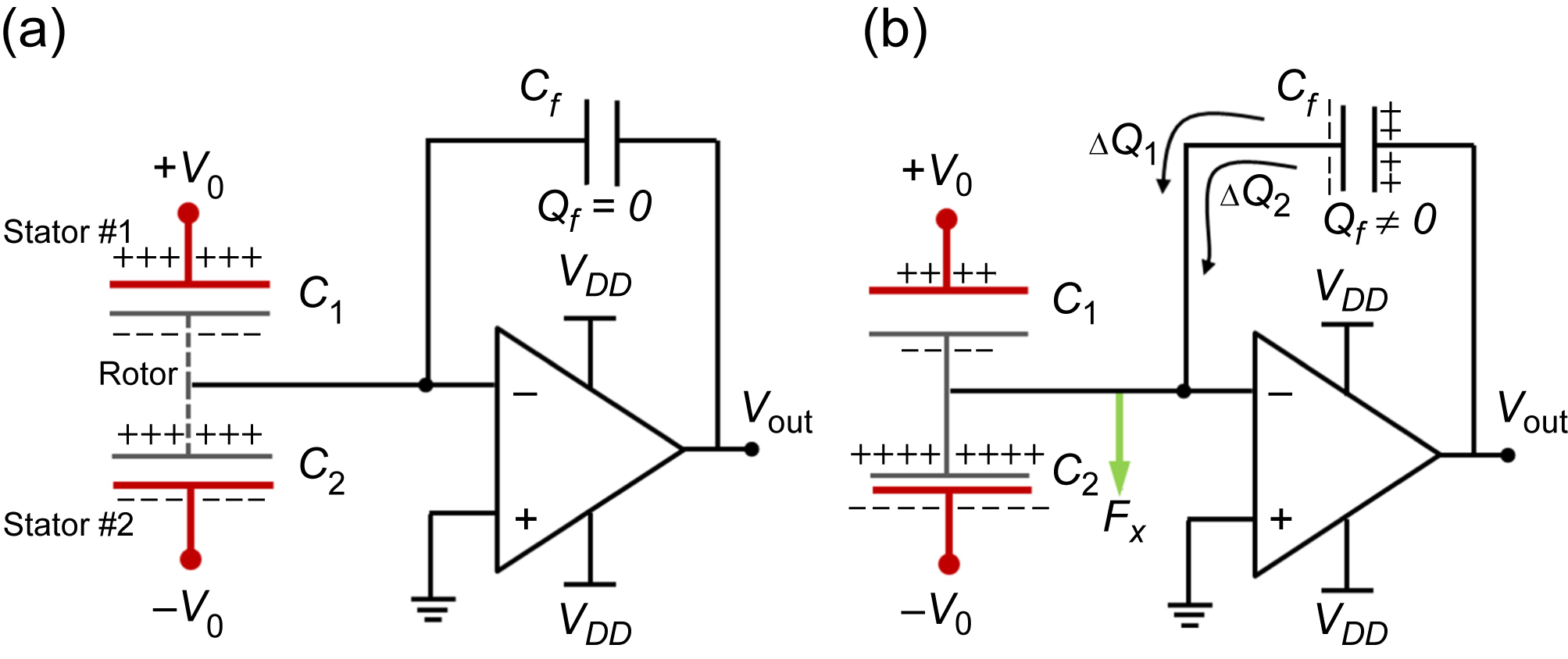
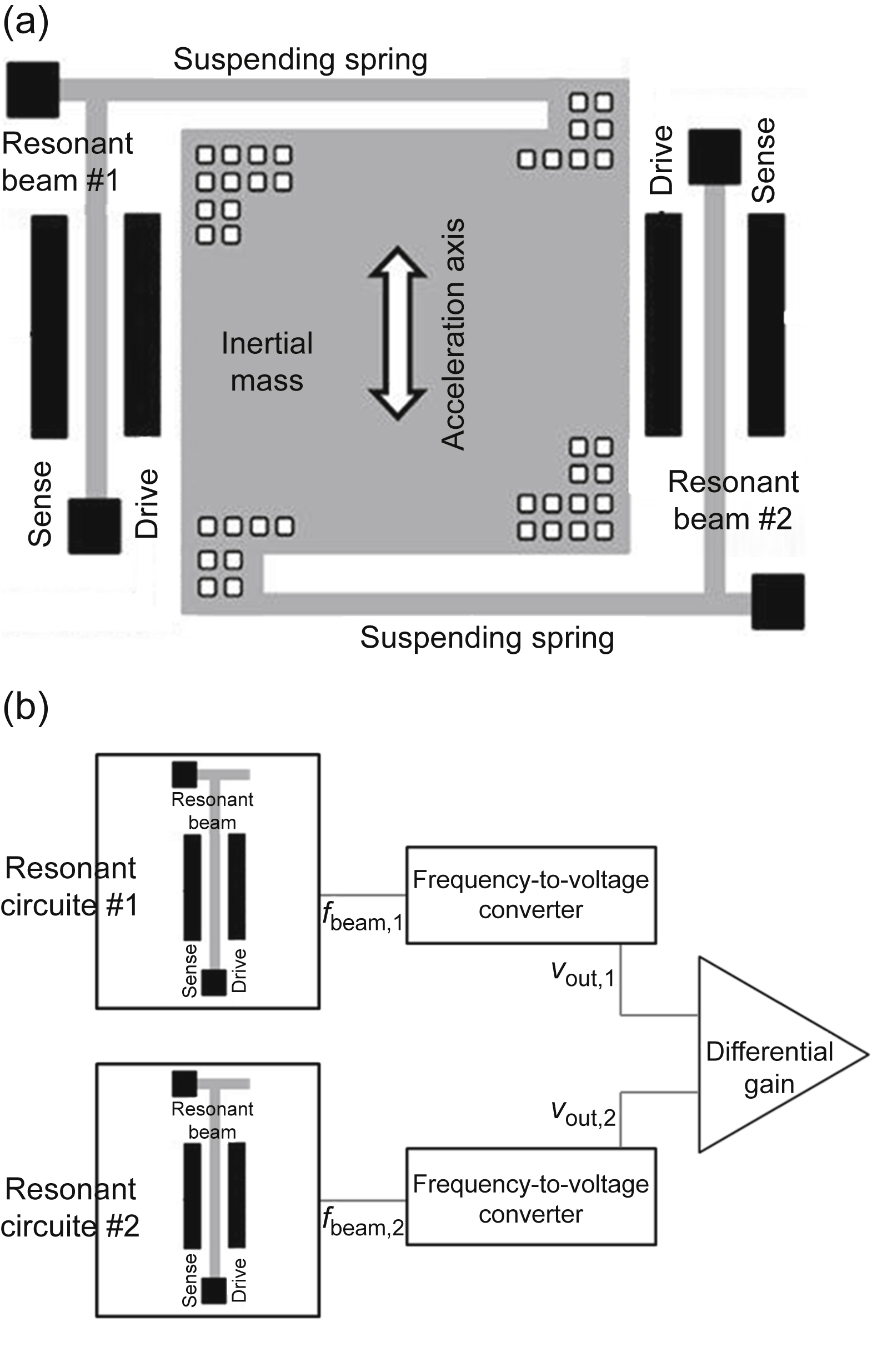
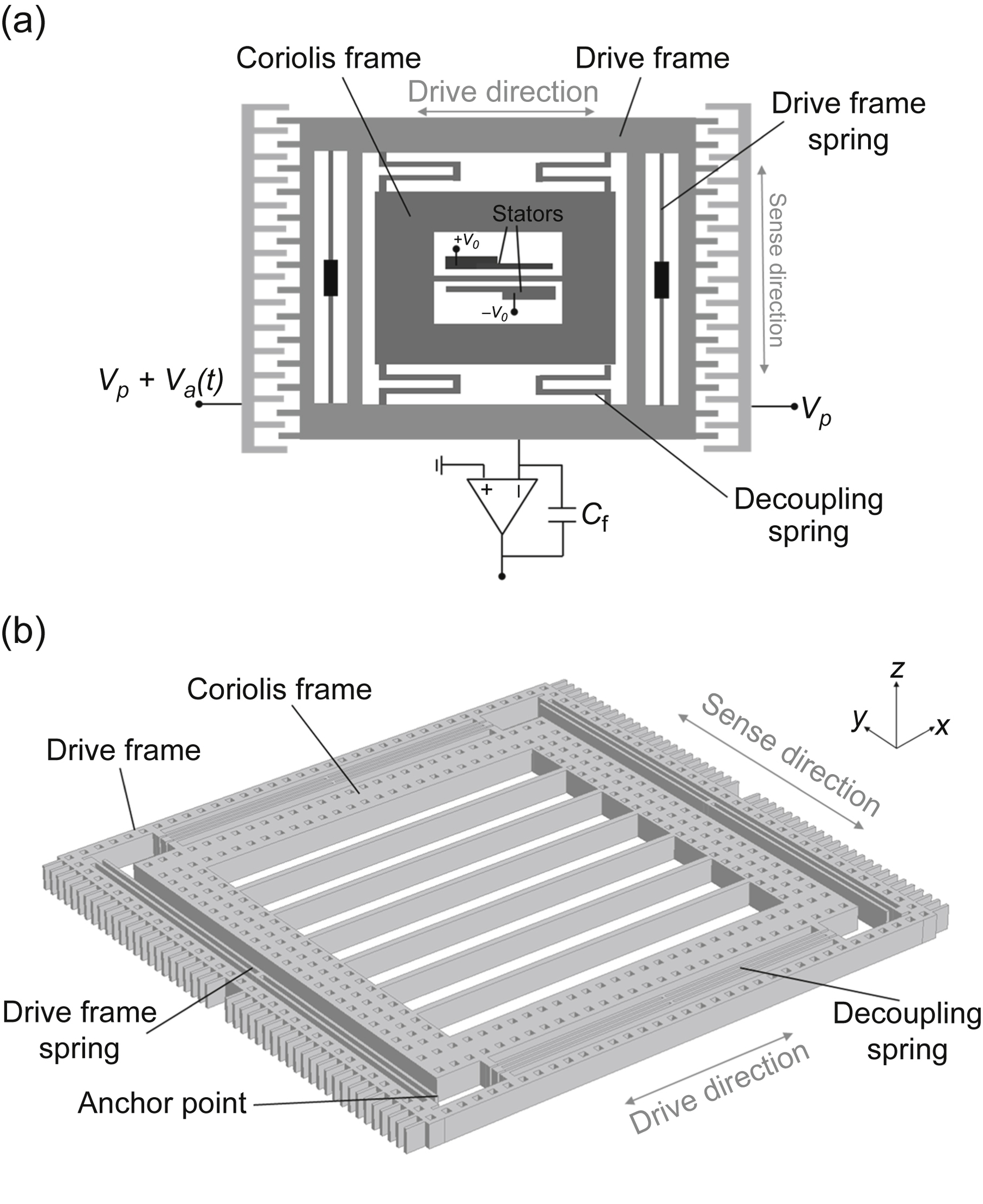

 (15.34)
(15.34) (15.35)
(15.35)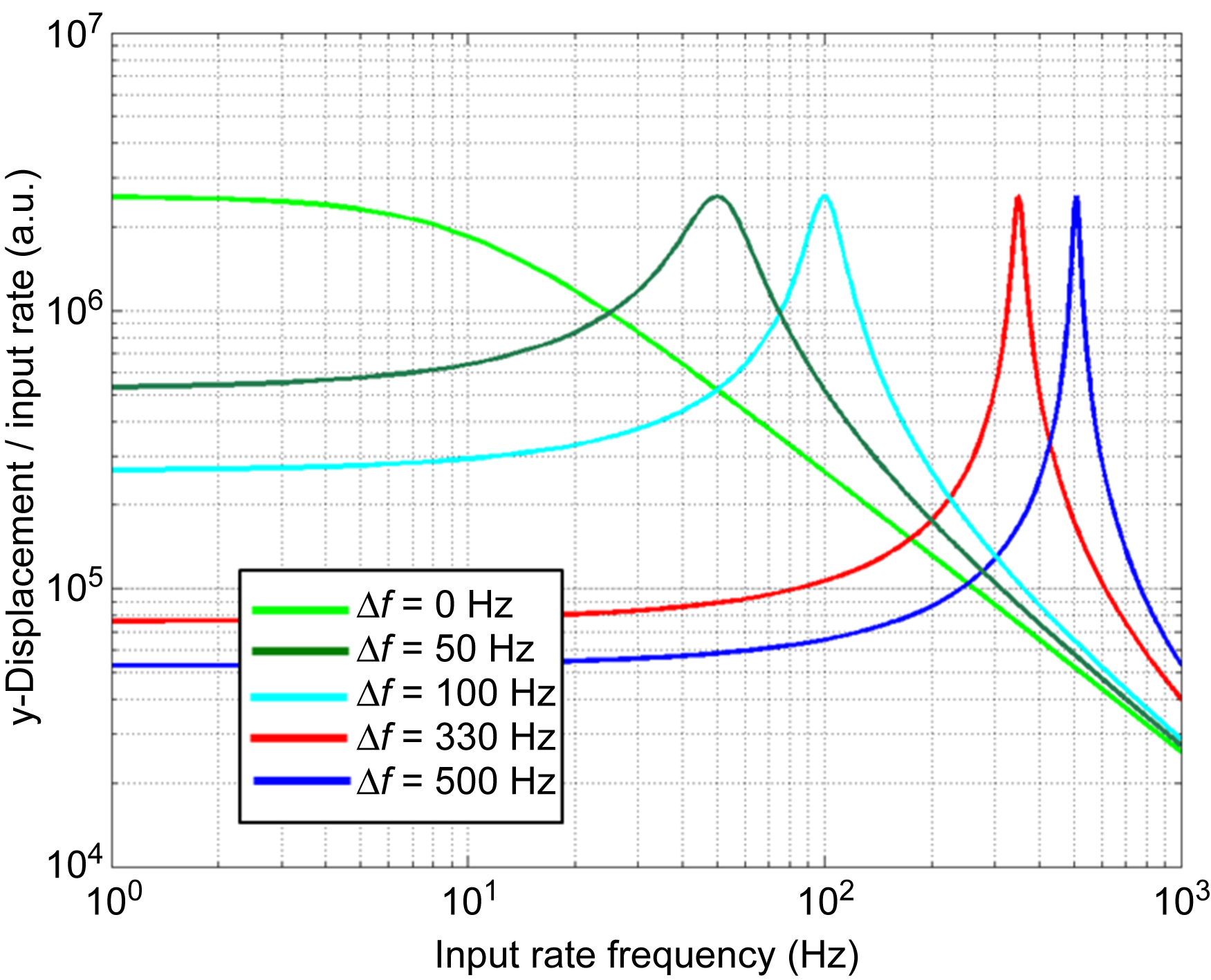
 (15.40)
(15.40) (15.41)
(15.41) (15.42)
(15.42)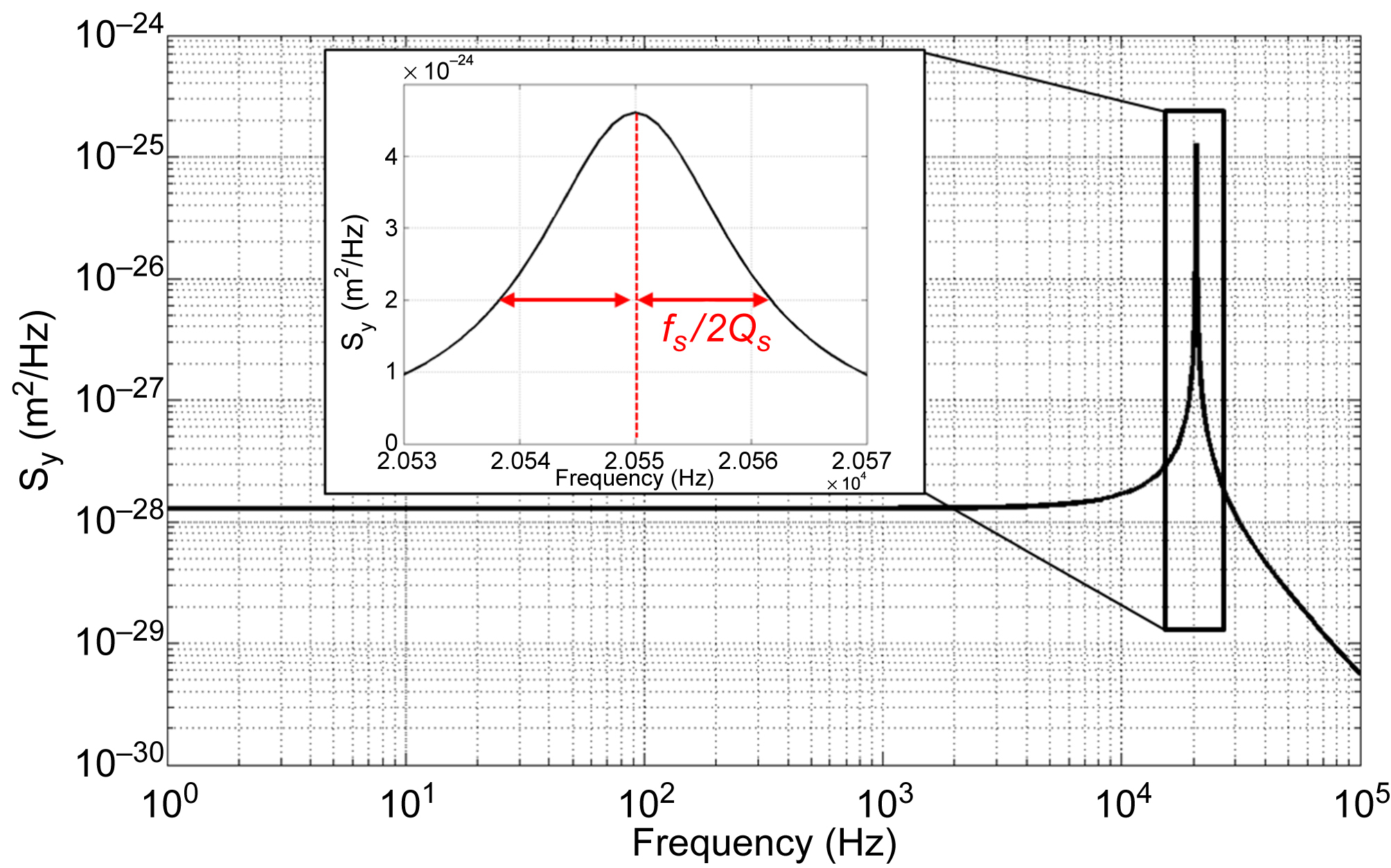
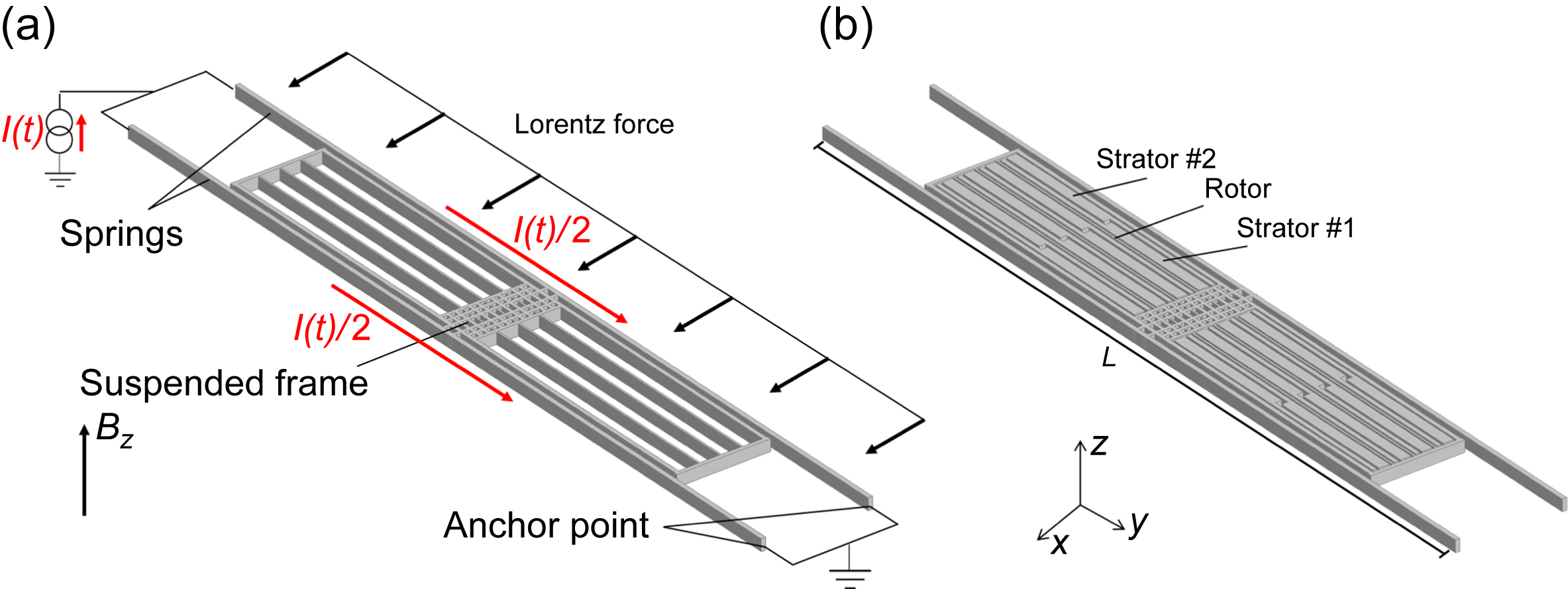
 (15.47)
(15.47) (15.50)
(15.50) (15.51)
(15.51) (15.52)
(15.52) (15.53)
(15.53)